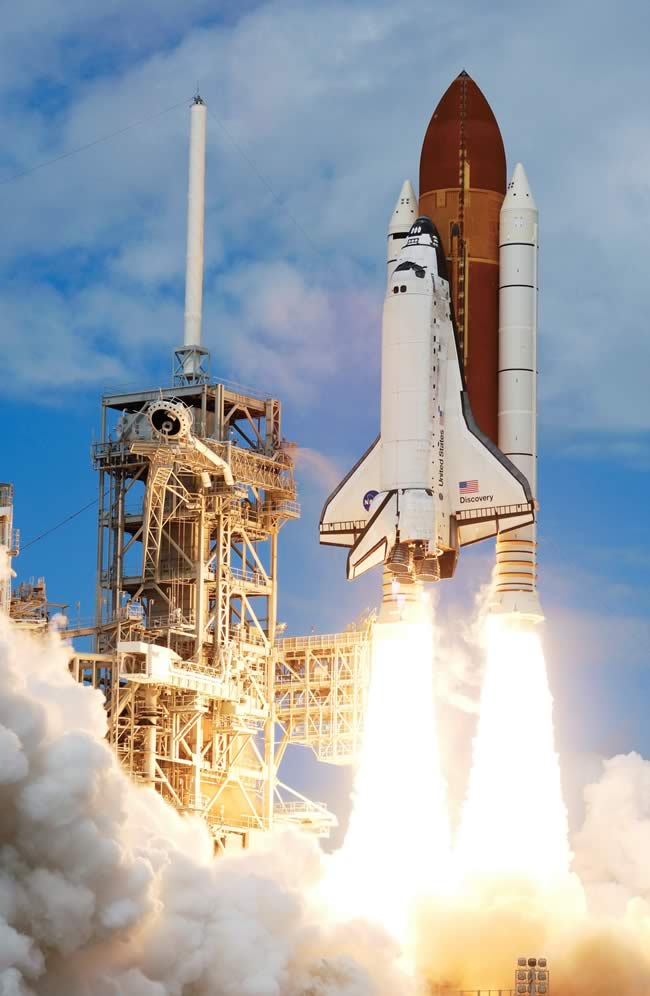Last week, the Space Shuttle Atlantis returned to Earth from it’s final mission. The Space Shuttle programme was over.
Arguably this is another step backwards in the exploration of space. We haven’t put a man on the Moon since 1972 (39 years ago now), and now we’re not evening flying Space Shuttles. Did we just get really lucky in 1969, when we first walked on the Moon, and now we can’t replicate that success?
Actually, according to Dr Jim Wild, it was a good job that they missed some of the solar activity around at the time, which between some of the Apollo missions, reached fatal radiation levels. But that isn’t really a problem for quote unquote simple Earth orbiting.
The problem with the Space Shuttle programme was it was just too big, complex and expensive to run. Each mission cost around half a billion dollars and required an army of over 6,000 people to prepare for it. They also weren’t the safest of things – of the 135 missions flown, two of them didn’t come back – Challenger and Columbia.
I would probably argue that such a record isn’t too bad – we are still pushing back the boundaries of scientific exploration when it comes to space travel and the unfortunate fact is people die in accidents in the common workplace from time to time, let alone when exploring new frontiers.
However, despite its huge cost and army of safety engineers, the Space Shuttle can’t live up to the standards of its rival – the Soyuz. Russia’s Soyoz spacecraft has been in service since 1966 and in the entire time has only suffered four fatalities in a combination of two accidents.
Indeed, the Soyuz is now the sole manned space shuttle which will continue to send people into space to allow crew rotation of the International Space Station. So it’s not hard to see why the Space Shuttle programme is being brought to an end so a cheaper, easier craft for putting man into space can be developed.
But the one thing that the Soyuz has failed to do (this could be entirely inaccurate, I’m writing from a Western perspective and maybe millions of people elsewhere have been inspired by Soyuz) in the same way is to become an icon of space travel that has inspired a generation during its 30 year service.
I remember watching a Space Shuttle take off from Kennedy Space Centre in 1998 and remember thinking it’s magical. Actually, I thought, “wow, we sat in the boiling heat all day to see a little spec in the distance,” but I’m sure you can appreciate that would be a far less dramatic ending to this blog post.

Don't have time to check my blog? Get a weekly email with all the new posts. This is my personal blog, so obviously it is 100% spam free.
Tags: space, space programme, space shuttle, space travel
This entry was posted on Sunday, July 31st, 2011 at 4:44 pm and is filed under Science, Thoughts. You can follow any responses to this entry through the RSS 2.0 feed. Both comments and pings are currently closed.
